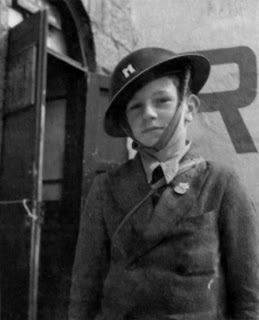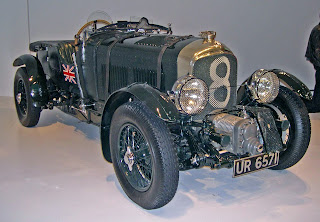Denis
Thompson remembers his childhood and the enjoyment he got from the variety of
entertainment offered at the Cinema in the Thirties.
"During the
thirties the cinema really came into its own, following the movie craze at that
time on the other side of the Atlantic. Up to 1936 I lived in Chiswick, West London,
and a year or two prior to that the largest cinema in London - the Commodore
- opened just across the borough in
Hammersmith, with the showing of the original ‘Show Boat’ film starring Paul
Robeson. The next and larger cinema to open was the Odeon in Hammersmith
Broadway about a year later. However, that place of entertainment was soon
eclipsed in size by the opening of the country’s largest cinema in Kilburn, North London, with seats for about four
thousand.
It is
almost unbelievable when I recall that in those days my mother and I used to go
to the Commodore at midday on Saturday and for 6d admission we enjoyed
the following entertainment,
From midday until 1pm you sat (very quietly) and listen to
Joseph Muscant and his orchestra doing a live radio broadcast for the B.B.C.
from the stage. After that we saw screened the main film, news reel, and
forthcoming attractions. In the interval Harry Davidson played the organ, finally,
there would be nearly an hour long stage show, usually one of the top bands of
the era. I realise how fortunate I was as I was able tosee most of the leading
bands of that day, such as, Jack Payne, Jack Hylton, Harry Roy, Roy Fox, not to
mention big bands from America: Louis Armstrong, Cab Calloway, Duke Ellington,
Guy Lombardo and his Royal Canadians."



.jpg)









